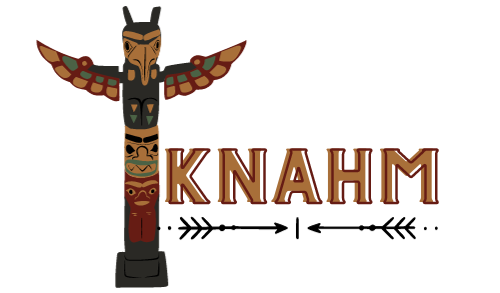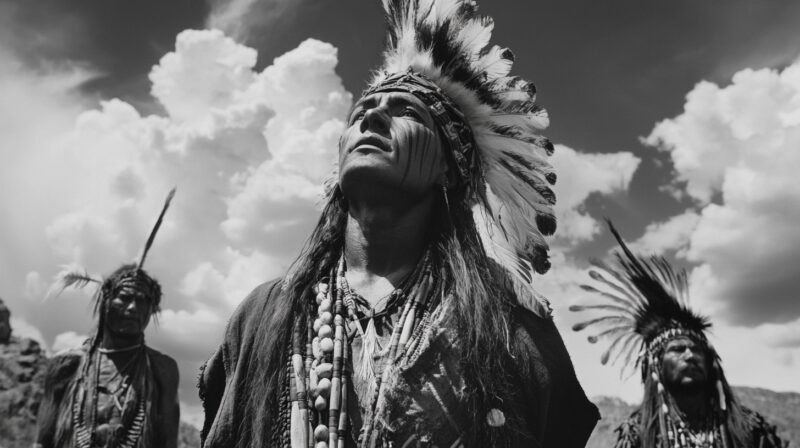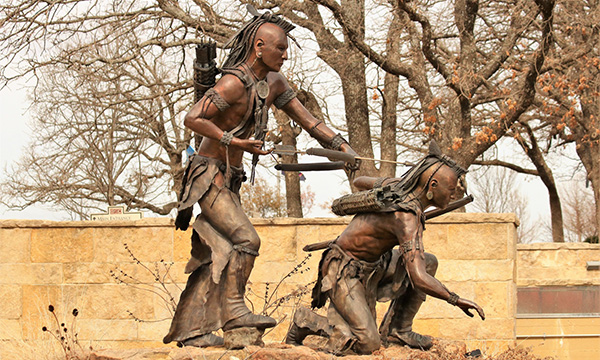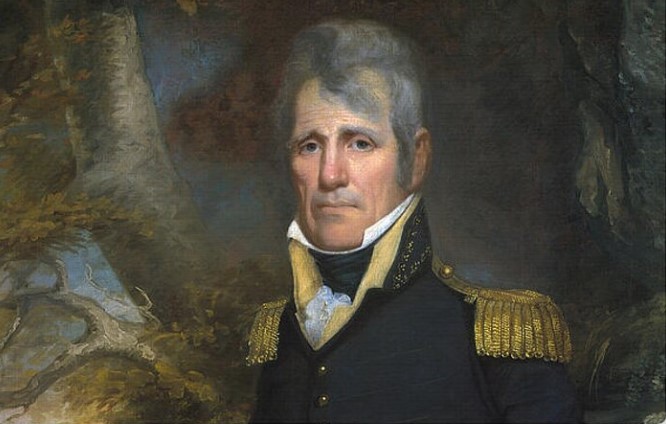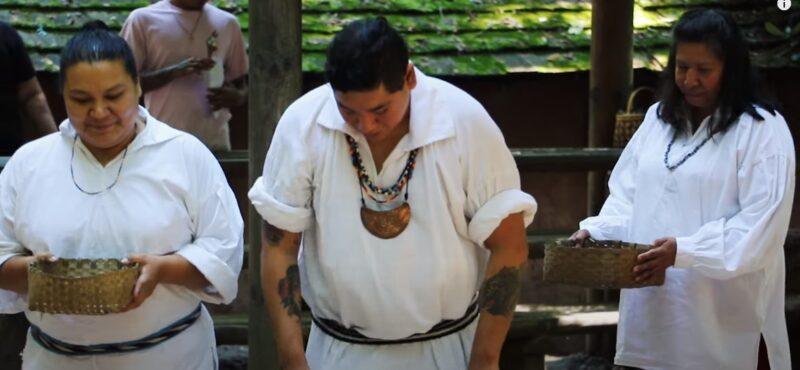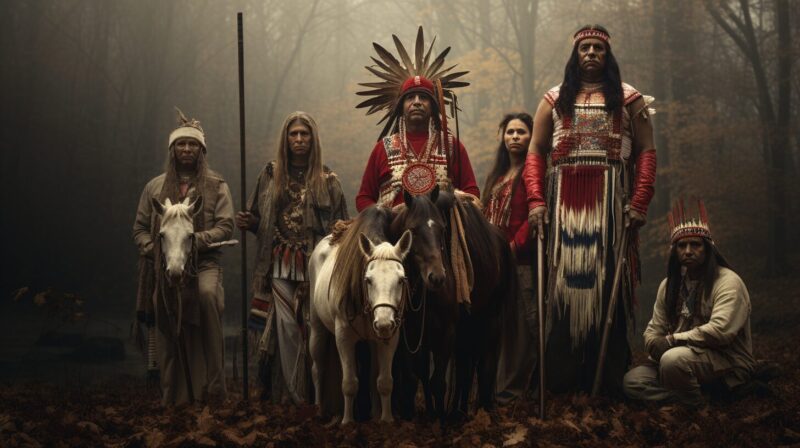5 Powerful Meanings Behind Feather Symbolism
Feathers have long been seen as more than just a natural element of birds. Across different cultures and belief systems, feathers hold deep symbolic meanings that go beyond their physical form. We will explore five powerful meanings behind feather symbolism, shedding light on the profound ways feathers connect us to the divine, represent bravery, and … Read more
